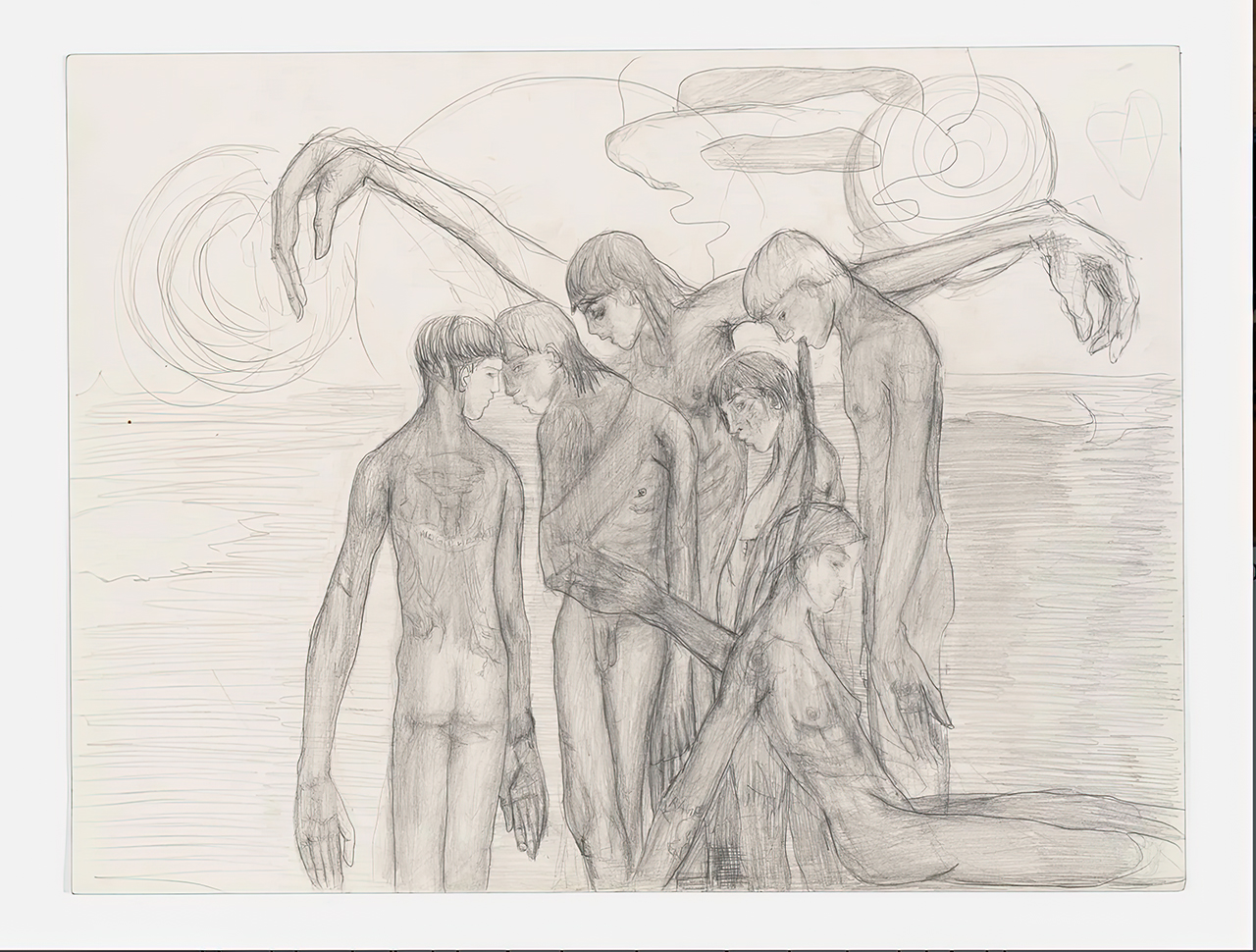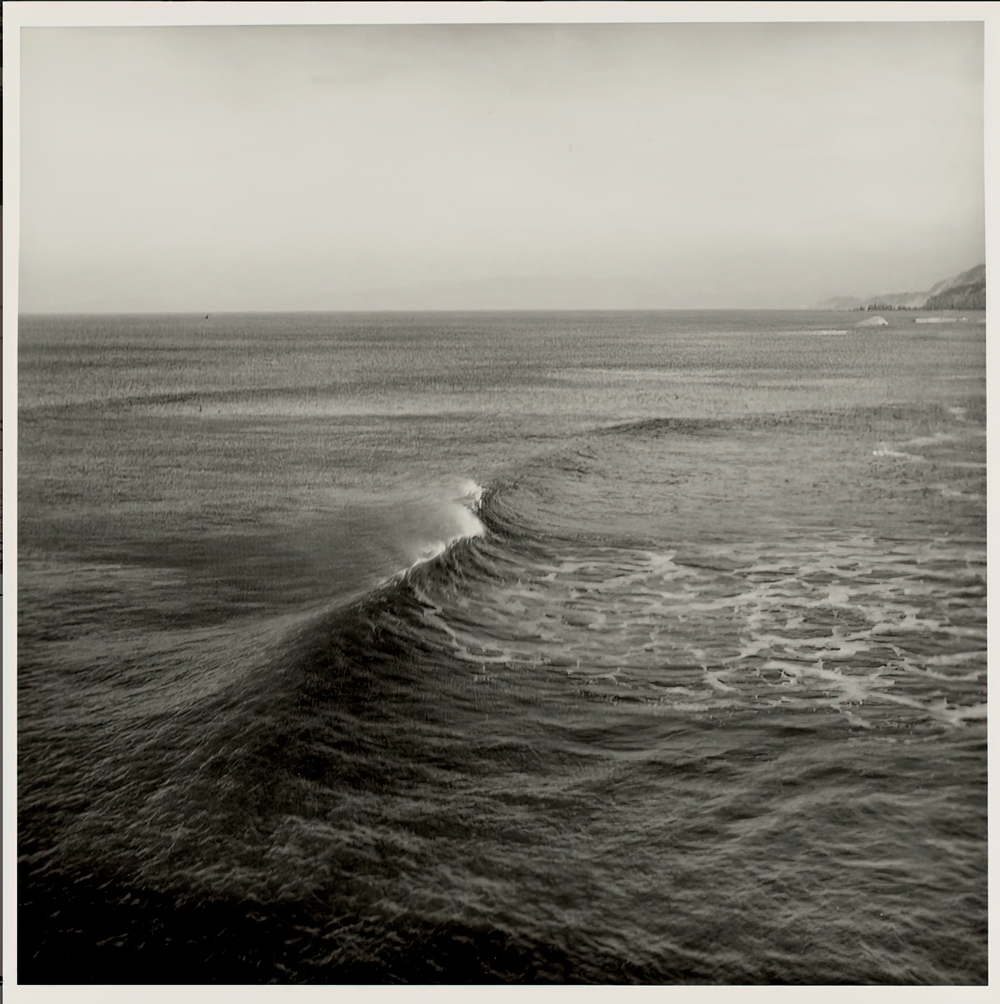PRESENTATION: Composition For The Left Hand
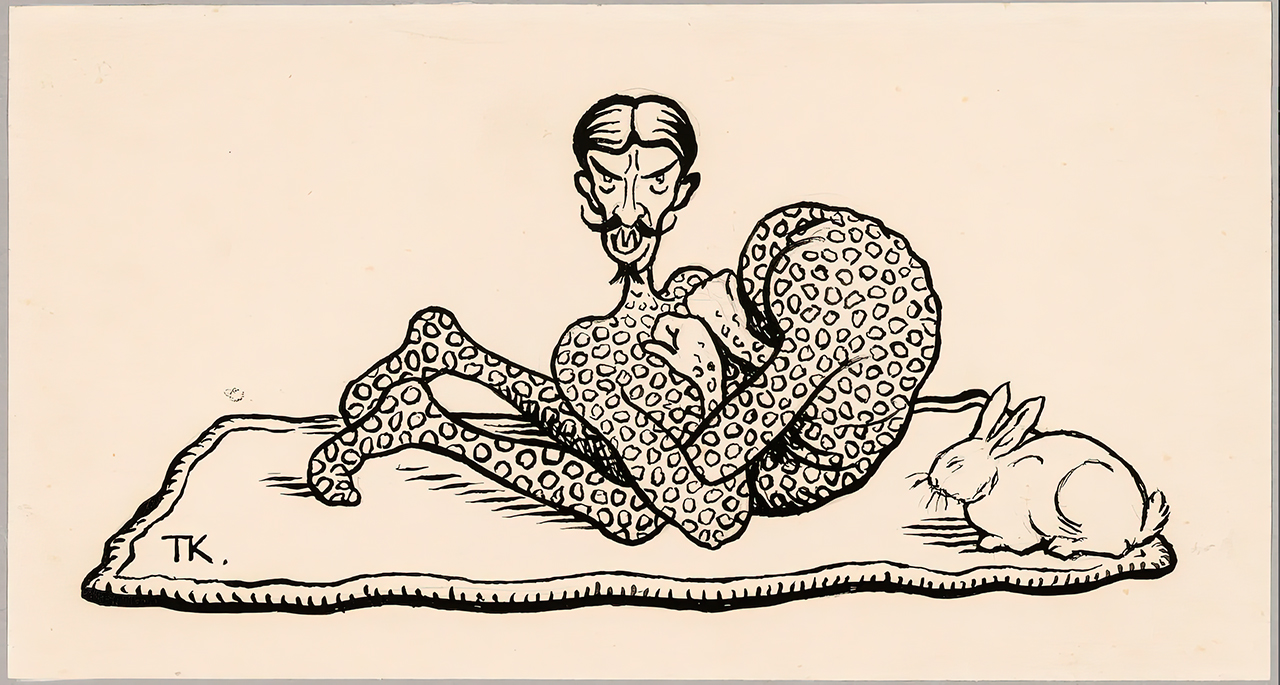 The exhibition “Composition for the Left Hand” unfolds as a dialogue, an entanglement, a banter of binaries between two collections: one historical in content and built today forming part of Kode Bergen Art Museum’s permanent collections and the other, contemporary and growing, led by Erling Kagge, a Polar explorer and writer delving into subjects of silence, walking, and observation under extreme circumstances.
The exhibition “Composition for the Left Hand” unfolds as a dialogue, an entanglement, a banter of binaries between two collections: one historical in content and built today forming part of Kode Bergen Art Museum’s permanent collections and the other, contemporary and growing, led by Erling Kagge, a Polar explorer and writer delving into subjects of silence, walking, and observation under extreme circumstances.
By Dimitris Lempesis
Photo: Kode Bergen Art Museum Archive

The exhibition “Composition for the Left Hand” is part of a series of projects at Kode in 2023–24 under the theme “The Collectors,” where the museum shines a light on historically significant collectors, as well as contemporary figures who have been dedicated to making their collections publicly accessible. In a revisionary approach to presenting the museum collection, nearly 400 works from artists from either side of the past 100 years entangle and intertwine to produce conversations between the works: Synnøve Anker Aurdal with Tauba Auerbach, Anne Imhof with Francisco Goya, Peder Balke with Trisha Donnelly, J.C. Dahl and Lars Hertevig with Wolfgang Tillmans and Martine Syms, Frida Hansen with Marc Camille Chaimowicz, Käthe Kollwitz with Christian Krogh, Honoré Daumier with Raymond Pettibon, among others. By generating these visual dialogues, the exhibition addresses how “nature” has traversed from the 19th-century ideal of landscape to a wider category of ecology as a reflection on the state of human society. “Composition for the Left Hand”, by virtue of its title, is an exhibition that explores a symbolic “left-handedness” in relationship to its right counterpart, a complementary opposition that zig-zags through the correlate of the brain’s two hemispheres: the left, commanding logic and language, and the right, creativity and intuition. Both foundational for human thought and behavior. Handedness, though, does not have a simple pattern of inheritance, despite the recognition of one hand’s dominance over the other with respect to strength, dexterity, and agility. Despite the lineage of artists who professed affiliation in the name of the left, in the likes of Michelangelo, Dürer, Raphael, Rembrandt, da Vinci and Klee, it is likely one’s adherence or preponderance, for one hand or the other, is influenced by a wider set of rules, accepted modes of existence, and social conditioning. The exhibition unfolds as a dialogue, an entanglement, a banter of binaries between two collections: one historical in content and built by Rasmus Meyer, a Norwegian industrialist and landscape architect who committed suicide in 1916, today forming part of Kode’s permanent collections—the other, contemporary and growing, led by Erling Kagge, a Polar explorer and writer delving into subjects of silence, walking, and observation under extreme circumstances. Each collection is situated on either side of a century, on either side of historical perspectives. Through their recollections we reencounter wars, intellectual disputes, psychoanalytic advancements, contradictory political economies and modes of production, social revolutions, the dissolution of empires, nation state formations, despairs in feminism advocacy, and the breaking force and denouement of Western labor movements. In the longstanding compression of social and economic modernization of these two centuries, nature stands as historical in that it has been profoundly and often negatively affected by human history. The exhibition leans into what the author Ursula K. LeGuin expounds in “The Left Hand of Darkness”, to explore the trajectory of desire followed by any author/artist beyond the stranglehold of techne, rationality, and the societal straightjacket, to the only route LeGuin maps out as possible: “I talk about gods; I am an atheist. But I am an artist too, and therefore a liar. Distrust everything I say. I am telling the truth. The only truth I can understand or express is, logically defined, a lie. Psychologically defined, a symbol Aesthetically defined, a metaphor”. The exhibition title borrows from “Concert Piece in the form of Variations for the Pianoforte Left Hand”, written and performed by the pianist Paul Wittgenstein, the philosopher’s brother, in 1915. Wittgenstein’s right arm was amputated after having been shot by the Russians on the Ukrainian front in WWI. Once freed, Wittgenstein held a concert in Vienna by combining pedaling and hand movement techniques previously regarded as impossible for a five-fingered pianist. Beyond his singlehanded address of “two handedness”, speaking to how a work of art may be expressed outside its material finitude and sensuousness, the exhibition proceeds according to clusters and constellations to comprise a manuscript annotated by nearly 400 works that frame over 100 years of correspondent artists’ practices to re-address classic categories, and to expand dimensions beyond human perceptibility.
Works by: Tauba Auerbach, Nina Beier, Marc Camille Chaimowicz, Patricia Clough, Trisha Donnelly, Isabella Ducrot, Gardar Eide Einarsson, Roe Ethridge, Jana Euler, Matias Faldbakken, Ceal Floyer, Anne Imhof, Sergej Jensen, Raymond Pettibon, Lari Pittman, Seth Price, Richard Prince, Torbjørn Rødland, Hanneline Rogeberg, Heji Shin, Josh Smith, Diamond Stingily, Antonio Tarsis, Wolfgang Tillmans, Oscar Tuazon, Lawrence Weiner, Franz West and Issy Wood, Synnøve Anker Aurdal, Peder Balke, Eva Børresen, Harriet Backer, Karin Björkquist, Gustave Courbet, Honoré Daumier, Christian Krogh, J. C. Dahl, Albrecht Dürer, Francisco Goya, Karen Hannover, Frida Hansen, Kitty Kielland, Käthe Kollwitz, Sonja Ferlov Mancoba, Lars Hertervig, Asger Jorn, Gerhard Munthe, Theodor Kittelsen, Per Kleiva, Edvard Munch, Egil Røed, John Savio and Ingebrigt Vik, among others
Photo: Theodor Kittelsen: Et slangemenneske / The Contortionist (1900-07). From The Rasmus Meyer Collection
Info: Curator: Marta Kuzma, Kode Bergen Art Museum, Rasmus Meyers allé 9, Bergen, Norway, Duration: 16/2-9/6/2024, Days & Hours: Wed-Fri 11:00-18:00, Sat-Sun 11:00-16:00, www.kodebergen.no/
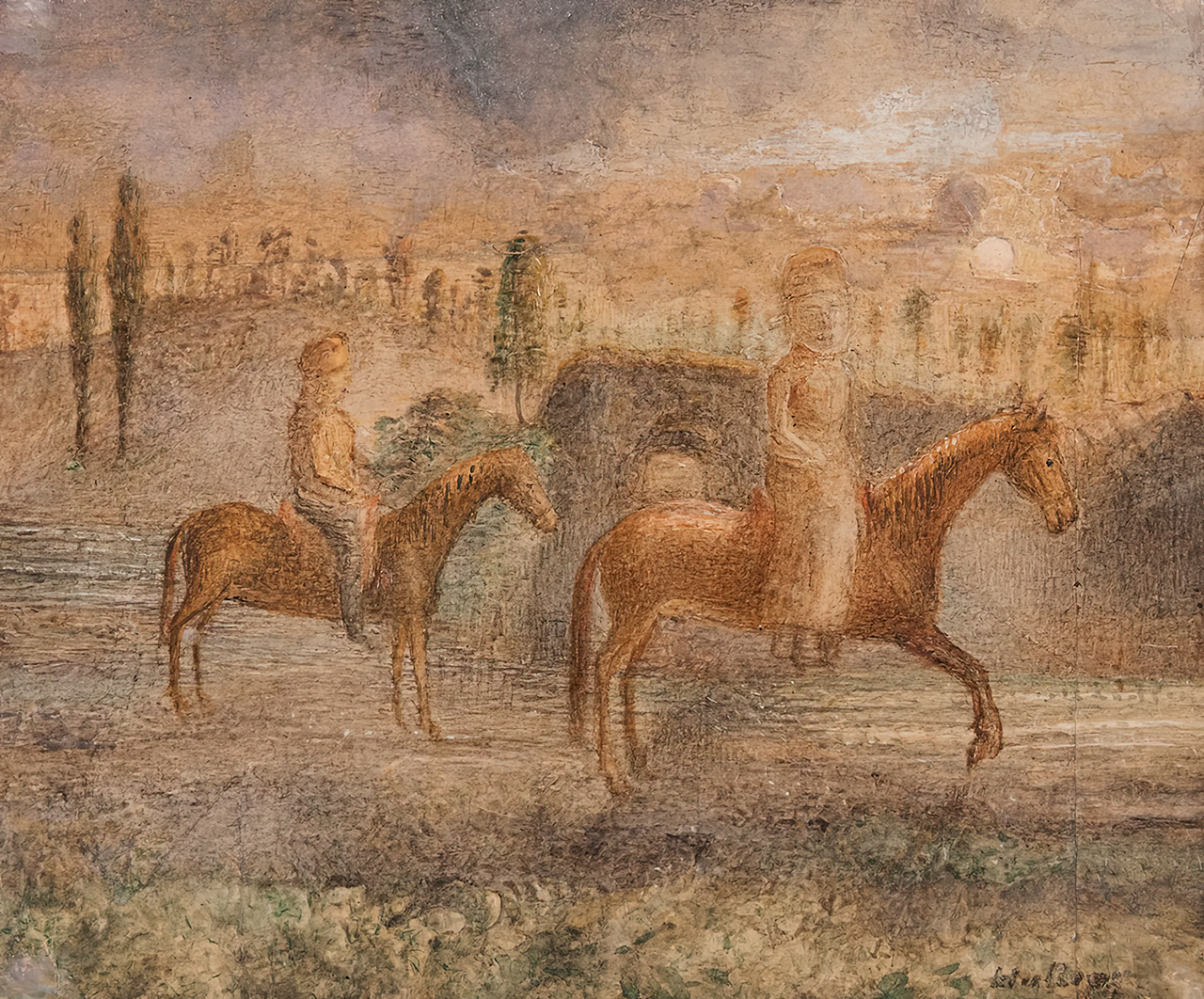
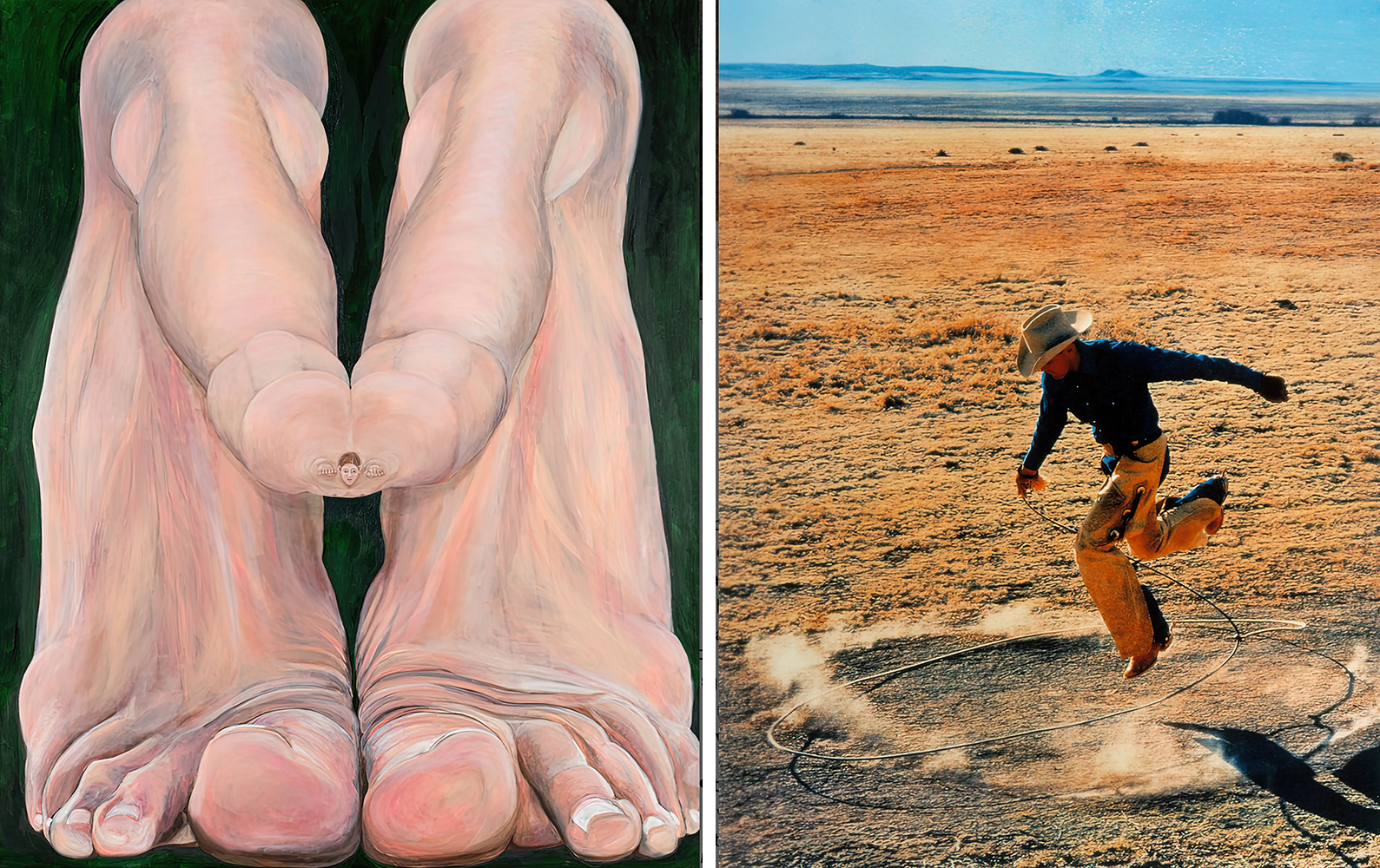
Right: Richard Prince: Untitled (cowboy) (Ektacolor photograph. 2003) ). From The Erling Kagge Collection
